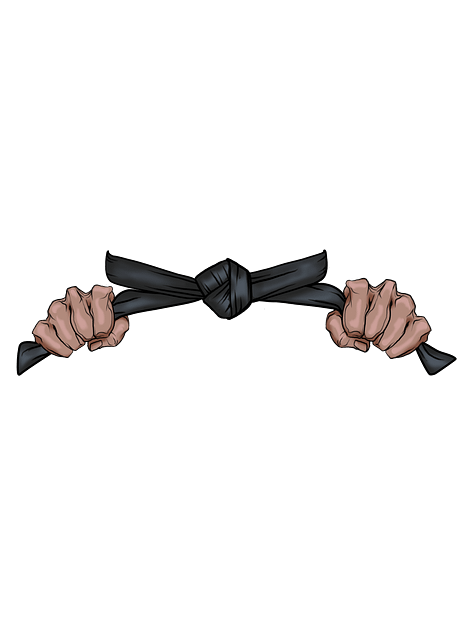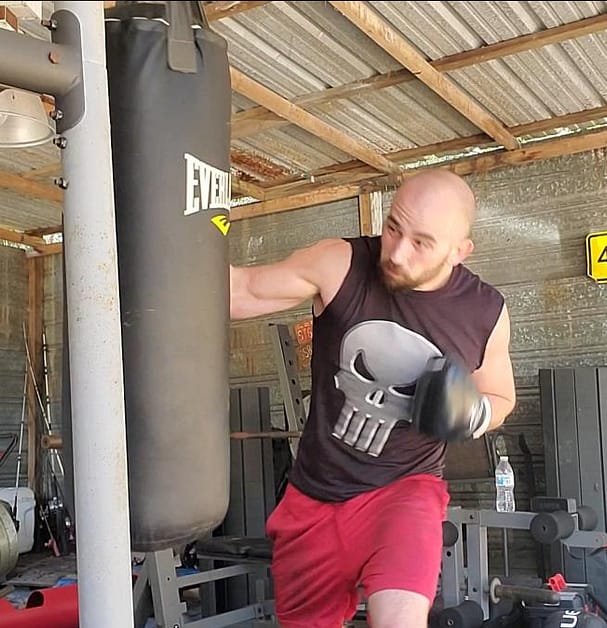So, we all have that one guy in the gym right? Usually they’re a little older, and don’t roll quite as much these days. If ever. But even when no one asks, the same guy will always tell you the same thing. Brazilian jiu-jitsu is a sport where you don’t need strength training! It’s all about allowing smaller men to beat bigger men! And honestly, there may have been a time when “that guy” was right. But these days, if you’re not doing at least SOME BJJ weight training, you’re just missing out. That’s why today we’ll discuss some of the main lifts I think you should do to get better at choking people out. But first…
A Little Background
Let’s start off with some transparency. Until the day I die, I’ll probably always consider myself a wrestler who does BJJ, not so much a pure jiu-jitsu guy. There’s nothing wrong with being one, but I’ve noticed the two cultures surrounding the sport are very different. And honestly, it’s easy to see why. Brazilian jiu-jitsu is almost more of a hobby than a sport to most people. I’ve been in gyms where you’ll even have class members who don’t do live rolling. And there’s certainly nothing wrong with that. Especially if you’re someone just looking to fill some time and have some fun while staying in shape.
Approaching BJJ like an amateur wrestler
But that’s not really the world I come from. Amateur wrestling, from the booster clubs to kids all the way up to the Olympic level, is a brutally competitive sport. If you participate, you’re going to be expected to face a struggling opponent at some point. That’s why it’s pounded into the heads of young wrestlers that being a well rounded athlete is more than just technique. Sure, a smaller guy with much better technique will beat a bigger guy. But it doesn’t matter how skilled you are if you can only go for a minute and a half while having no real explosive power.
That’s why that if you’re considering pursuing BJJ competitively, either at the local level or beyond, you need to get your strength right. And I know that sport BJJ isn’t exactly amateur wrestling anyway, with many rulesets banning things like neck cranks and slams. But even so, being the stronger man (or woman) will always be a massive benefit. Every tournament I’ve watched at least one match that could have been ended with a kimura or americana but the person holding the move just wasn’t strong enough to execute. Don’t let that be you.
But the purpose of this article isn’t quite to convince you of why or why not you should lift. I’ll always be of the opinion that practicing a combat sport without strength training is like driving a car with a half-working engine. Sure, you can get down the road just fine. But you’re putting yourself in danger, and you won’t get as far as you would if you just addressed the issue. That issue? Well, you have noodle arms and a skinny neck. Sorry to be the one to break it to you.
BJJ Weight Training: Some Suggested Lifts
Alright, now that we’ve established that you can bench press about as much as an untrained sixty year old, let’s get down to some lifts to fix that. I won’t be going into bloody, juicy detail of how to program or what your training block would look like. You can find plenty of suggestions online without me. Instead, I’m going to cover some lifts that I simply believe are vital to your development as an athlete. And even if there’s some eighteen your old at your gym that can outlift you, it’s never too late to start. To begin with..
Squats
One thing I’ve noticed about almost every singe pure jiu-jitsu guy I’ve ever competed against is that their takedowns are lacking. Now, there’s no way you can replace years of amateur wrestling experience with…anything but years of amateur wrestling experience. But you can make your double, single, clinch takedowns, trips, and throws ALL vastly better by getting stronger legs. Squats are an exercise that suck. They’re essentially an investment in soreness. But if you do them consistently, and with good technique, there’s few lifts that benefit you all-round like the squat. There’s even research that suggests that the movement alone with heavy weight on your back can increase testosterone production.
Squat Tips
Now, for the king of BJJ weight training the biggest tip I could give you is to start light. More so than the others of the “big 3” traditional powerlifting lifts, there’s about half-a-dozen queues to remember. So unless you’re familiar with the movement, I’d certainly suggest starting with an empty barbell. Alongside that, consider getting knee sleeves, a belt, and squat shoes. Overall it’s an investment of about a hundred bucks if you’re thrifty, but those three pieces of gear help me maintain tension and form through the lift. The squat shoes help with ankle mobility problems, the belt allows you to brace while keeping your spine straight, and the knee sleeves keep your knees warm and comfortable through the motion. Trust me, it’s worth it.
As an aside, don’t be afraid to invest in something like the Rogue Safety Squat BarRogue Safety Squat Bar, since that’s a variation that is much more back heavy. On the flip side, though, the safety squat bar setup lets you easily grip the bar even if you have issues with elbow or shoulder mobility.
Bench Press
Now, this is one that may have some people shaking their head. But Tyler! You’re just talking about the big 3 powerlifting lifts! Well, yes. If you can’t tell by now, I pretty much ascribe any weight training to be beneficial for BJJ. And having a strong chest, triceps, and shoulders is massively beneficial to your grappling. Find me someone who can bench 315lbs and I’d bet you his kimura is much harder to defend than the guy who benches 150. All in all, if you plan on competing in BJJ, give BJJ weight training a try. It’s worth the time and effort invested, and finishing submissions becomes MUCH easier when you’re genuinely powerful.



